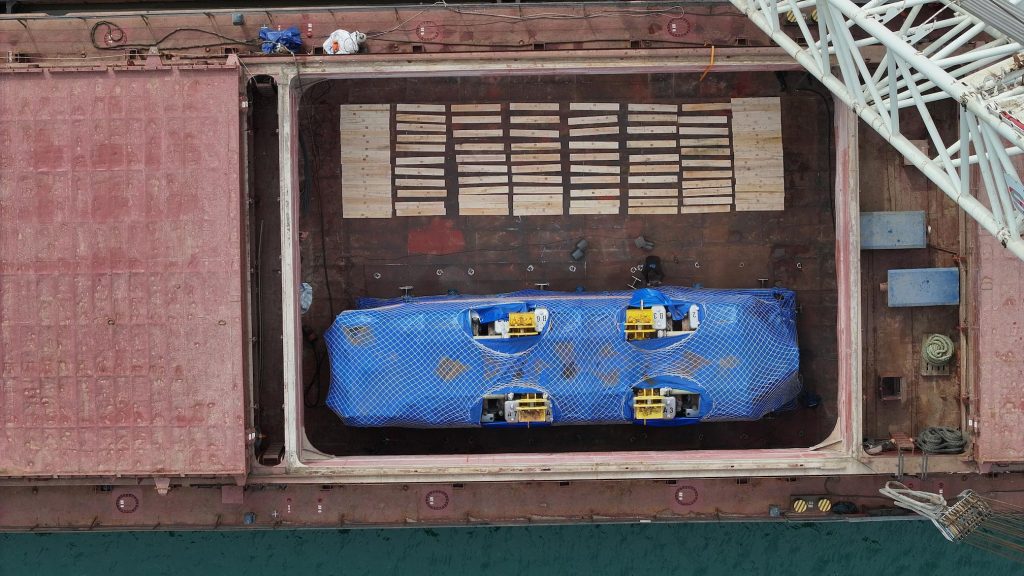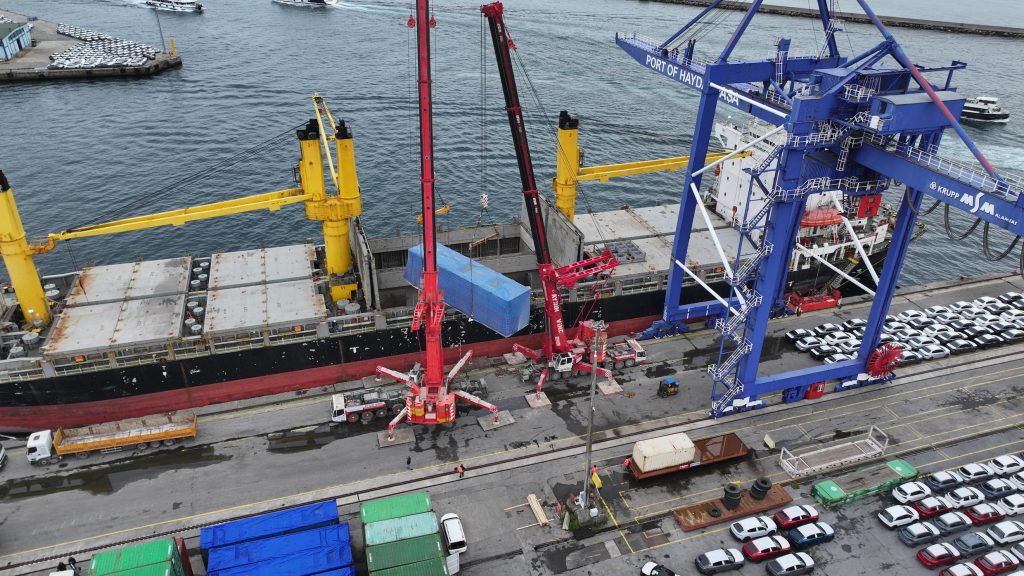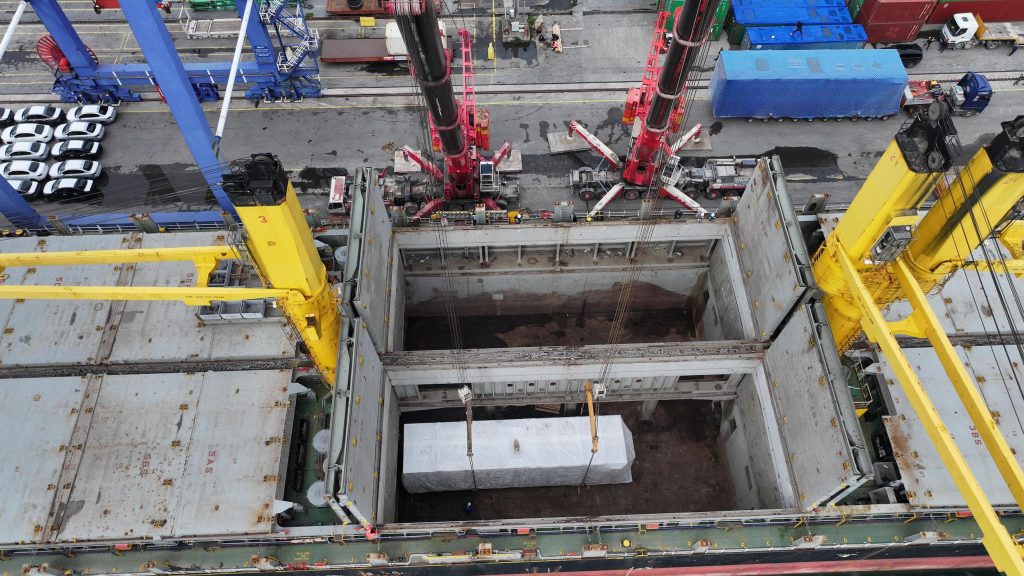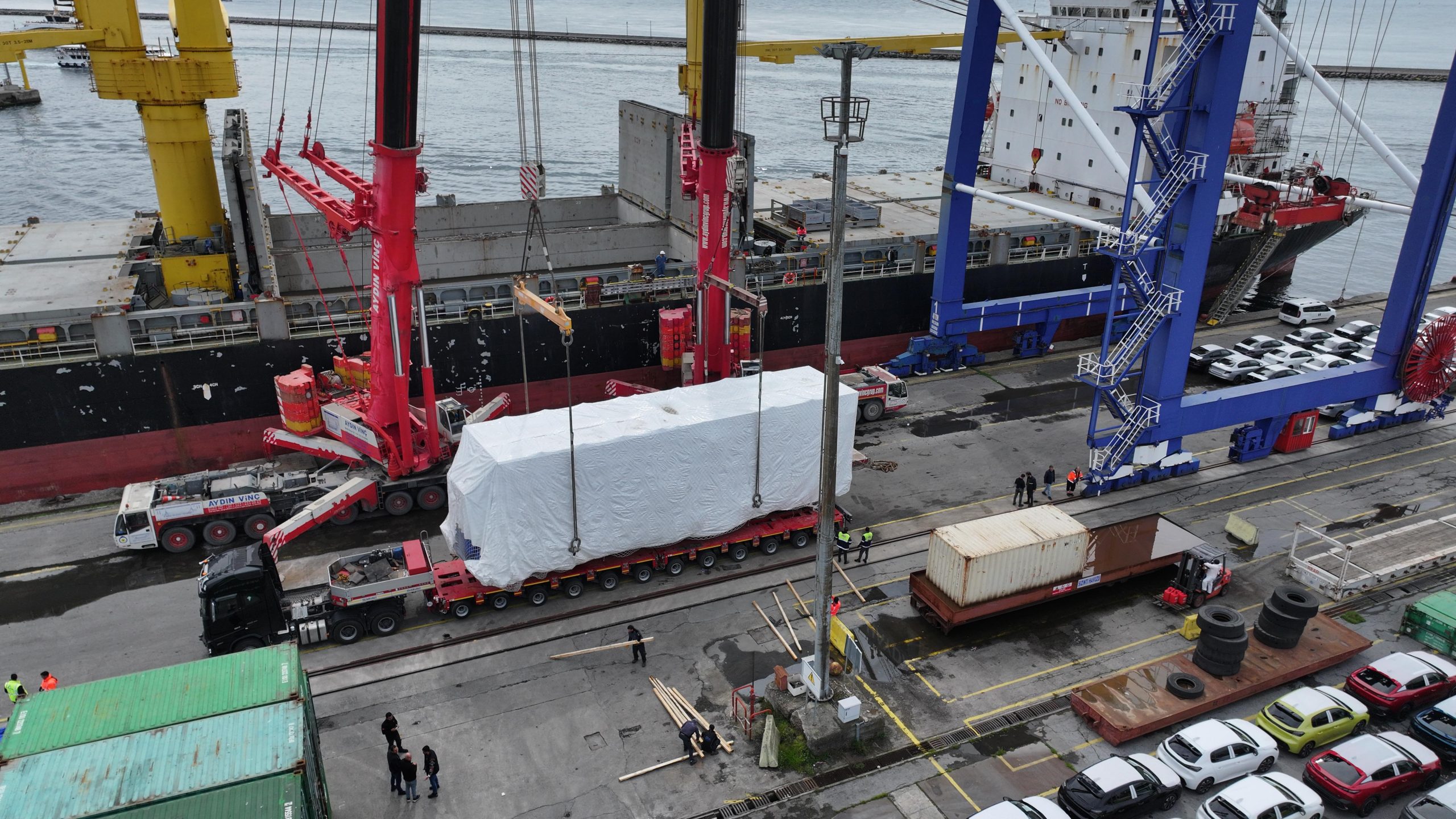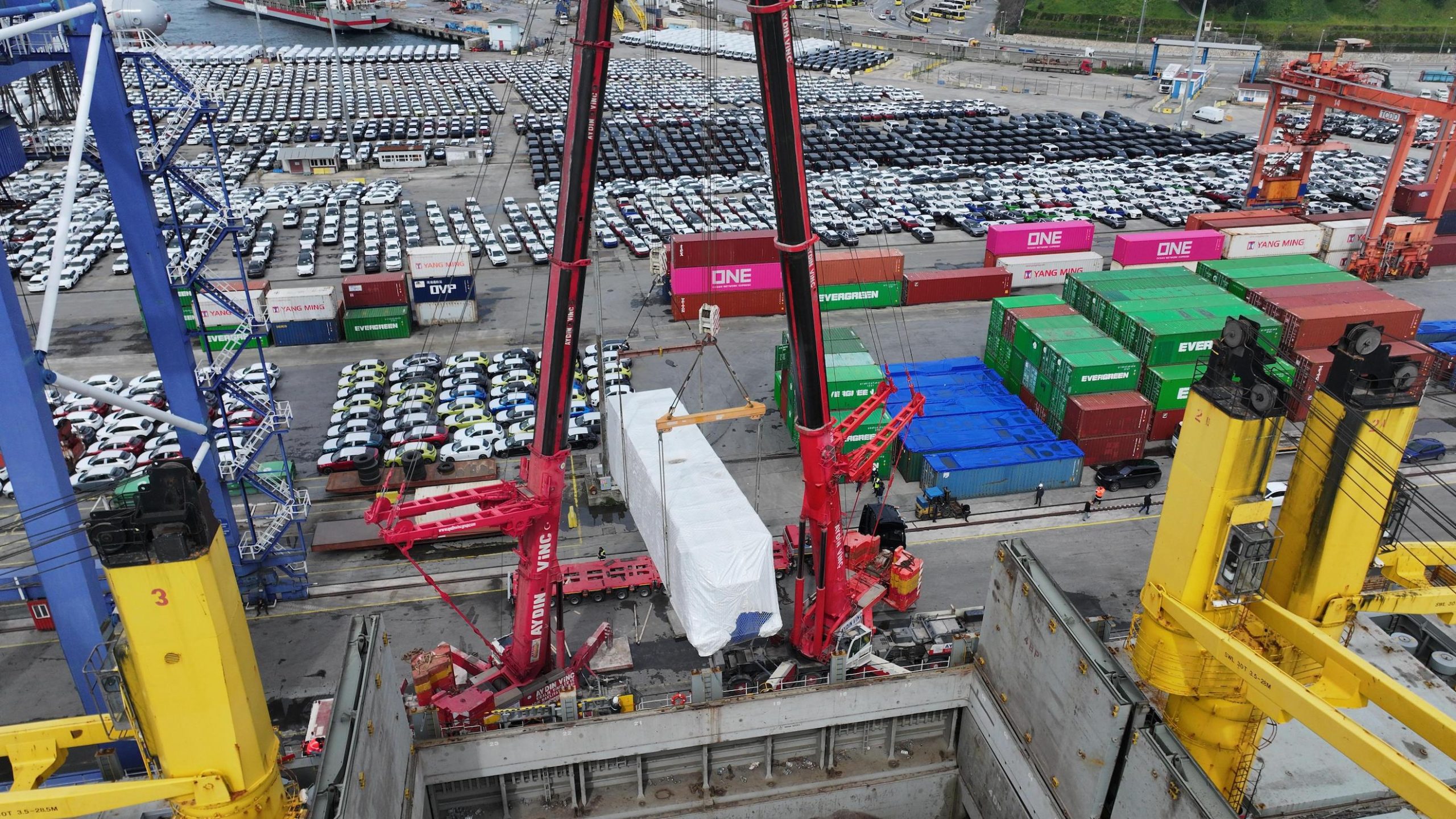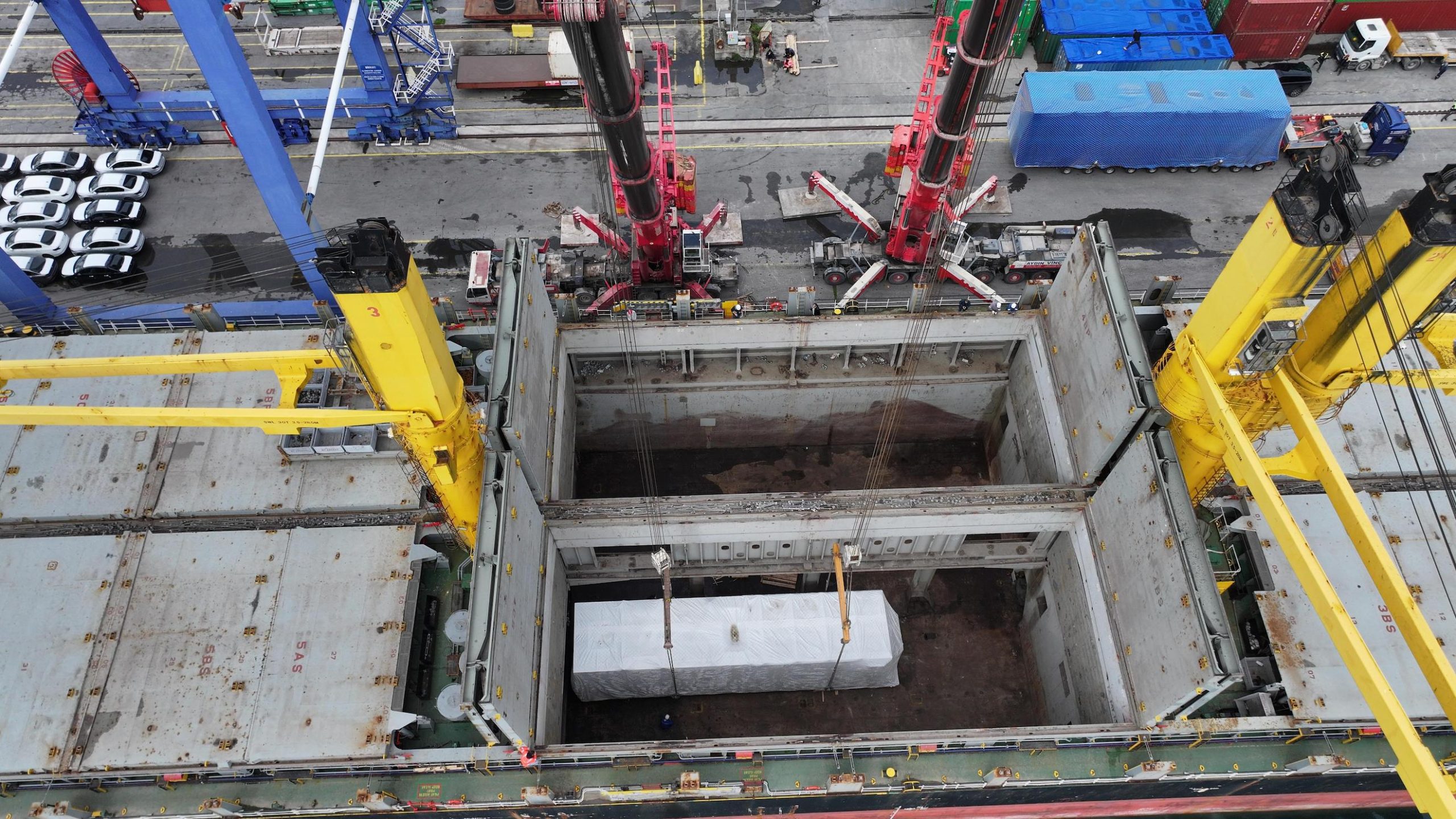Container Positioning in Logistics
I. Introduction
In today’s rapidly evolving global trade environment, container shipping plays a pivotal role in the movement of large volumes of goods. However, the efficient positioning of containers is equally critical, as it directly affects storage utilization, expedited shipping, and overall cost efficiency. This article examines the importance of container positioning, the key factors that influence the process, technological advancements, various positioning techniques, challenges encountered, and future trends in the industry.
II. Importance of Container Positioning
Accurate container placement is a cornerstone of efficient logistics operations. Misplacement can lead to delays, increased handling times, and additional costs. In contrast, proper container positioning offers several benefits:
- Optimized Space Utilization: Maximizing the use of available storage space reduces wasted areas and improves organization.
- Expedited Operations: Containers positioned in a planned sequence enable faster loading and unloading processes, reducing turnaround times.
- Enhanced Safety and Stability: Properly arranged containers provide better stability during transport, minimizing the risk of accidents or damage.
- Cost Efficiency: By reducing errors and streamlining operations, businesses can lower operational costs significantly.
III. Factors Affecting Container Positioning
Several factors must be taken into account when planning container placement:
- Physical Attributes of the Storage Facility:
- The size, layout, and access routes within a warehouse or storage area influence the positioning strategy.
- Depending on the facility, strategies such as multi-level storage or open yard management may be employed.
- Container Types and Specifications:
- Different types of containers—standard, refrigerated, or those carrying hazardous materials—require tailored positioning methods.
- The dimensions and weight of each container determine the most suitable placement approach.
- Logistics Network and Transportation Routes:
- Shipping routes, destination schedules, and turnaround times affect how containers should be organized.
- Efficient time management and sequencing play a crucial role in expediting operations.
- Technological Infrastructure and Tracking Systems:
- Advanced tracking technologies like RFID, GPS, and IoT enable real-time monitoring of container locations.
- The continuous flow of digital data helps minimize errors and supports precise positioning.
IV. Technological Advancements and Tools
Recent innovations in digitalization and automation have significantly transformed container positioning in logistics.
- Automated Identification Systems: Barcodes, QR codes, and RFID technologies facilitate rapid and accurate tracking of container locations.
- Smart Warehouse Management Systems: These software solutions optimize storage space and plan container arrangements based on real-time data.
- Artificial Intelligence and Machine Learning: By analyzing large datasets, AI-driven systems predict the most efficient container placement strategies, enabling proactive adjustments.
- Integrated Digital Platforms: Seamless connectivity between various logistics components ensures that container positioning is aligned with overall operational requirements.
V. Positioning Techniques and Implementation Methods
Modern logistics employ several effective methods for container positioning:
- Zoning and Area Planning: Dividing storage spaces into zones—prioritizing high-access areas versus less frequently used sections—ensures better organization.
- Simulation and Modeling: Digital simulation tools allow managers to test different placement scenarios and select the optimal strategy before implementation.
- Dynamic Repositioning: Real-time data analysis supports the continuous adjustment of container locations to meet evolving operational needs.
- Modular Placement Systems: Standardized container modules facilitate flexible arrangements and enable rapid reconfiguration of storage layouts.
VI. Challenges and Solutions
Despite technological advancements, several challenges persist in container positioning:
- Limited Storage Space: In densely populated regions, insufficient warehouse space can hinder optimal placement. Flexible and modular solutions are necessary to address these limitations.
- Human Error: Mistakes in planning or execution can negatively impact efficiency. Continuous training and automation help reduce the incidence of errors.
- Integration Issues: Incompatibility among different systems can disrupt the seamless flow of information. Adopting industry standards and robust integration platforms is essential.
- Dynamic Operational Demands: Fluctuating schedules and urgent transport requirements necessitate adaptive and real-time repositioning strategies.
VII. Future Outlook
The future of container positioning in logistics is closely linked to the integration of more advanced technologies. AI-powered systems will not only analyze current data but also forecast future requirements, enabling proactive planning. Moreover, the incorporation of robotics and automated guided vehicles (AGVs) is expected to further reduce human error and enhance operational efficiency. As global trade volumes continue to grow, investments in cutting-edge logistics technologies will yield substantial returns, ensuring that container management becomes even more precise, sustainable, and responsive.
VIII. Conclusion
Effective container positioning is fundamental to streamlined logistics operations. By optimizing storage space, expediting shipping processes, and reducing costs, a well-planned container placement strategy provides a competitive edge in the market. The integration of modern technologies—such as RFID, GPS, and AI-driven analytics—continues to enhance accuracy and flexibility in container management. With ongoing advancements in automation and intelligent algorithms, the future promises even greater improvements, enabling businesses to maintain efficiency in an increasingly competitive global landscape.
